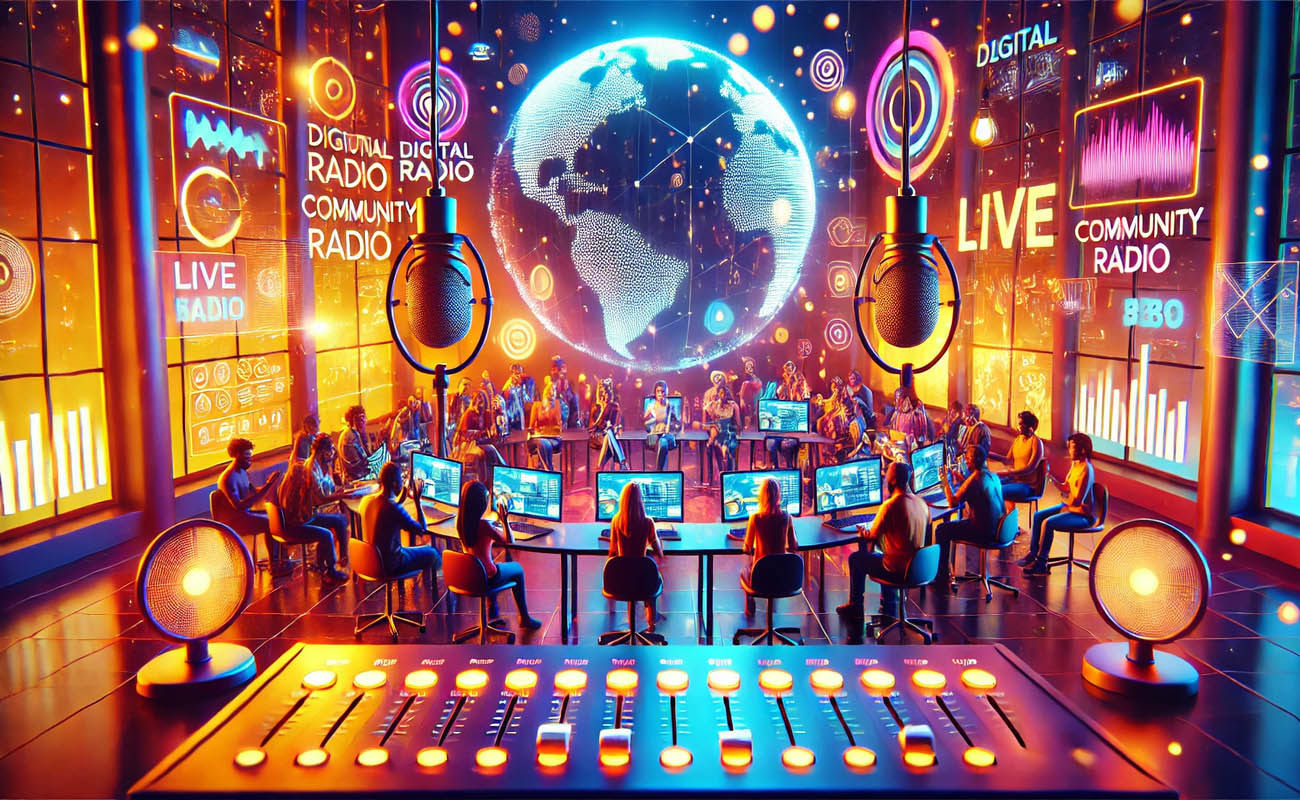ALIVEfm – Radio in Gen-Z Era: Still Relevant or Just a Memory?
In an era dominated by Spotify, podcasts, and YouTube, radio may seem like a thing of the past. Older generations grew up with morning commutes filled with lively DJ commentary and carefully curated playlists. But what about Gen Z? Do they still tune in to radio stations, or have they completely moved on to digital platforms?
Radio vs Gen Z Listening Habits: Who Wins?
Gen Z thrives in an on-demand world. They prefer to control what they listen to, when they listen to it, and how they engage with content. With customizable playlists, niche podcasts, and algorithms that cater to their exact tastes, it’s hard to imagine them opting for a medium where programming is predetermined by someone else.
“Read more : Music in Life: Fun Learning and Making Students’ Lives Even More Epic“
However, this doesn’t mean that radio is entirely dead among Gen Z. In fact, there are several reasons why it still holds appeal:
1. The Allure of Live Broadcasting
Live radio offers an unpredictable and immersive experience that streaming services cannot replicate. The spontaneity of DJ interactions, unexpected song choices, and real-time listener participation create a dynamic environment that some Gen Z listeners find refreshing.
2. Digital Evolution of Radio
Radio has adapted to the digital age by expanding into social media, YouTube, and even podcasting. Many stations now provide recorded segments online, making their content more accessible to Gen Z listeners who prefer on-the-go entertainment.
3. Local Connections and Community Engagement
Unlike algorithm-driven platforms, radio stations, especially local ones, foster a sense of community. They highlight local news, underground music, and discussions relevant to specific regions. For Gen Z individuals who crave authenticity and connection, this aspect of radio remains appealing.
“Read more : Educational Toys for Children in Kids Playgrounds for 3-5 years old“
Radio in Gen-Z Era: Does Radio Need to Evolve?
To stay relevant, radio must innovate beyond traditional formats. Gen Z favors interactive, engaging experiences, and radio must embrace new trends to remain competitive. Some key strategies include:
1. Collaborations with Digital Influencers
Gen Z trusts voices they recognize from platforms like TikTok and YouTube. If radio stations partner with influencers or digital content creators, they stand a better chance of attracting young listeners.
2. Hybrid Formats: Live Shows + Podcasts
Instead of relying solely on live broadcasts, radio stations can repurpose their content into podcasts. This allows Gen Z to listen at their convenience, making radio content more adaptable to their lifestyle.
3. Real-Time Social Media Engagement
Live tweeting, Instagram polls, and TikTok Live discussions can make radio more interactive. Encouraging listeners to engage on social media keeps them connected to radio content even when they’re not tuned in.
Is There Still a Place for Radio?
While radio may no longer be the go-to choice for Gen Z, it still offers a unique listening experience. The element of surprise, community engagement, and real-time interaction make it stand out in a sea of algorithm-driven content. As long as radio stations embrace digital transformation, they can maintain their relevance in an ever-changing media landscape.
So, does Gen Z still listen to the radio? The answer is: not all, but for those seeking a more authentic and interactive audio experience, radio remains an exciting alternative. The future of radio depends on how well it adapts to meet the expectations of this fast-moving generation.
What do you think? Does radio still have a place in Gen Z’s world, or should we fully transition to digital media?
Visit ALIVEfm or wxhbfm.com for more insights on media trends and the future of broadcasting.



